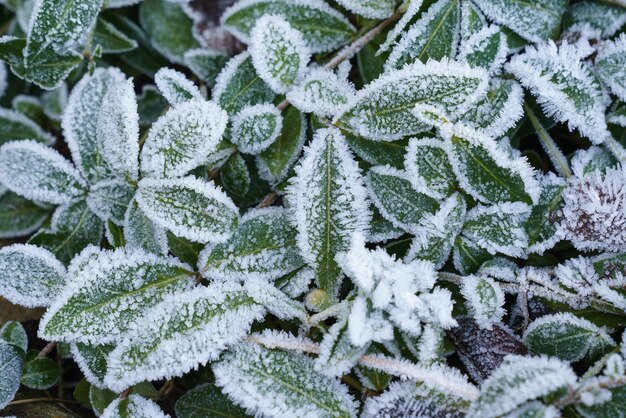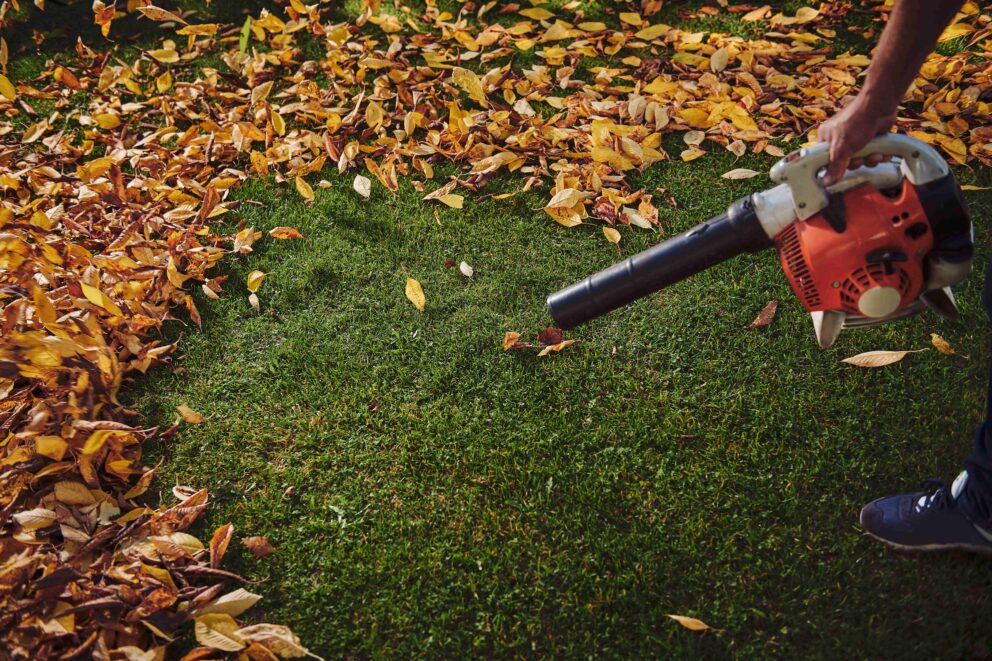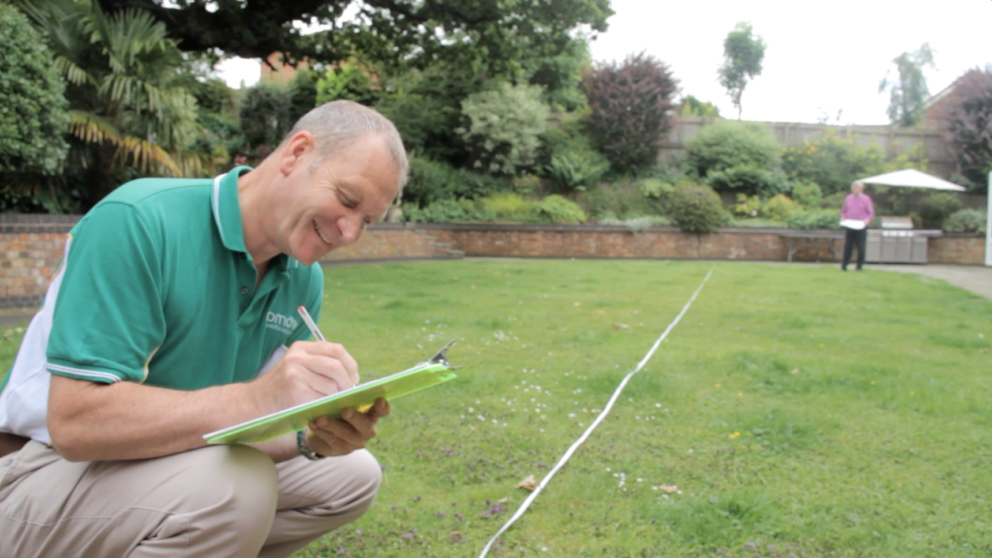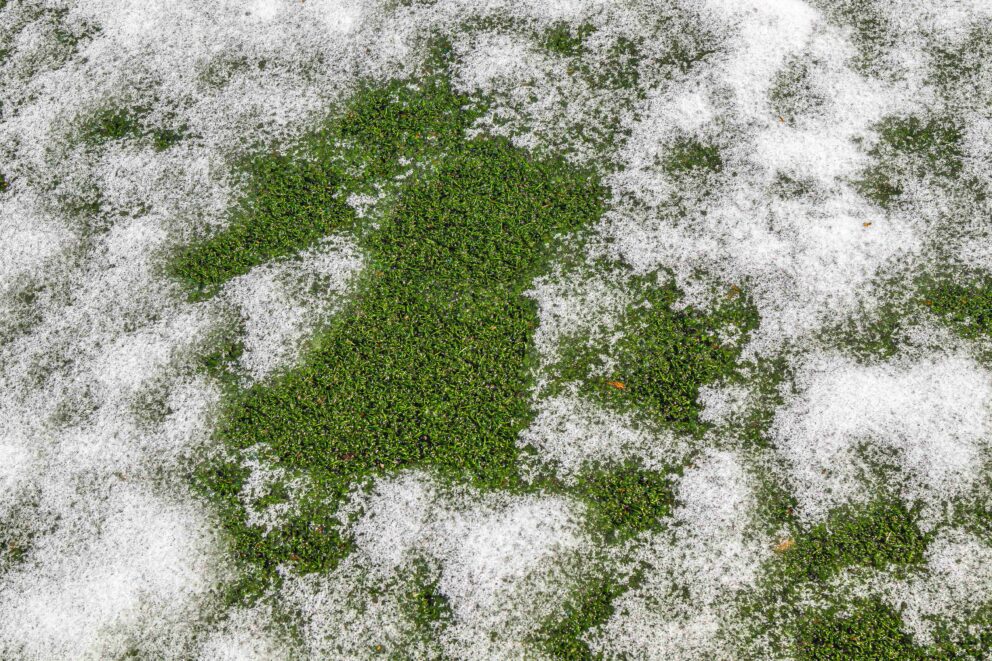Understanding the Impact of Frost on Natural Grass
Natural grass is susceptible to damage from frost due to the freezing temperatures. When moisture in the blades of grass freezes, it can cause the blades to break off or die back. Additionally, walking on frost-covered natural grass can further damage the blades, leading to a patchy and unhealthy lawn. This is where artificial grass shines, as it is not affected by frost in the same way.
The Resilience of Artificial Grass in Frosty Conditions
Artificial grass is made from durable materials that can withstand the harshest winter weather. Unlike natural grass, the blades of artificial grass do not freeze or become brittle when exposed to frost. You can walk on artificial grass even when it is covered with frost, without worrying about damaging the blades.
However, it is important to exercise caution when walking on heavily-frosted artificial grass, as the ice can be slippery. Additionally, walking on compacted frost can impede the turf’s drainage system, which can affect its ability to quickly drain away moisture as the frost melts.
Artificial Grass: Frost-Free and Faster
One of the major advantages of artificial grass is that it remains frost-free, even in the coldest weather. As the day warms up, frost on natural grass quickly evaporates. However, if you’re eager to enjoy your backyard even on frosty mornings, you can expedite the melting process on artificial grass. Simply pour a little warm (not hot) water on the frosty area, and the artificial turf’s efficient drainage system will ensure that the moisture is quickly eliminated, allowing you to resume your activities.
Avoiding Harmful Chemicals: Salt and Deicers
While natural grass may benefit from the use of salt or deicers to melt snow and ice, it is not recommended for artificial grass. These products may not harm the surface of the turf, but they can leave behind a residue that can damage the backing and hinder proper drainage. Moreover, the leaching of these chemicals into the soil or groundwater can have detrimental effects on the environment. It’s best to avoid using salt or deicers on your artificial grass and opt for safer alternatives.
No Winterising Needed for Artificial Grass
Unlike natural grass, which requires winterising to protect it from frost and other cold weather conditions, artificial grass doesn’t need any special treatments or preparations. Your artificial lawn will continue to look great all year round, regardless of the season. This means you can spend less time working on your lawn and more time enjoying it, even during the cold winter months. Whether it’s a game of football, a round of golf on your backyard putting green, or playing with your pets, your artificial grass will be ready for action.
The Benefits of Artificial Grass in Winter
Artificial grass offers numerous advantages over natural grass, especially during the winter season. Here are some key benefits to consider:
-
Durability: Artificial grass is highly durable and can withstand the toughest winter conditions, including frost and snow. It maintains its appearance and functionality, ensuring a beautiful and functional lawn all year round.
-
No Muddy Puddles: Unlike natural grass, which often turns into muddy puddles after heavy rainfall or snow, artificial grass has excellent drainage capabilities. It doesn’t get waterlogged or muddy, allowing you to enjoy a clean and dry lawn even after a winter storm.
-
No Mowing or Weeding: Artificial grass eliminates the need for mowing or weeding, saving you time and effort during the winter months when gardening tasks are typically reduced. You can sit back and relax, knowing that your lawn will always look neat and well-maintained.
-
Colour Durability: While natural grass can become discoloured and dull during winter, artificial grass maintains its vibrant green colour all year round. Your lawn will always look lush and inviting, regardless of the season.
-
Pet-Friendly: Artificial grass is an excellent choice for pet owners, even in winter. It is easy to clean, resistant to staining and doesn’t become muddy, making it ideal for pets to play and do their business without causing a mess.
Proper Maintenance for Artificial Grass in Winter
Although artificial grass requires minimal maintenance, there are a few steps you can take to ensure it stays in top condition during winter:
-
Inspect for Wear and Damage: Before winter arrives, inspect your artificial grass for any signs of wear or damage. Repair minor issues to prevent them from worsening during the colder months.
-
Gentle Snow Removal: If your artificial grass is covered with snow, use a plastic shovel or a leaf blower to gently remove the snow. Avoid using sharp tools or metal shovels that can damage the turf fibres.
-
Prevent Snow Build-Up: Take proactive measures to prevent excessive snow build-up on your artificial lawn. Clear snow when it starts to accumulate to avoid compacted layers of ice that can be hazardous and potentially damage the turf.
-
Brush to Lift the Pile: After the snow melts, you may notice that the blades of your artificial grass are slightly flattened. Use a stiff brush to gently brush the turf and help lift the pile, restoring its natural appearance.
-
Avoid Sharp Objects: Be cautious when placing decorations or sharp objects on your artificial grass during winter. Avoid using metal stakes or any sharp items that could puncture or damage the turf.
-
Keep Foot Traffic to a Minimum: While artificial grass is resilient, it’s best to minimize foot traffic, especially when the turf is covered with frost or snow. This will help preserve the integrity and appearance of your lawn.
Artificial grass provides an excellent solution for maintaining a beautiful and functional lawn throughout the winter season. Its durability, resistance to frost and snow, and low maintenance requirements make it an ideal choice for homeowners.
By following these tips and properly caring for your artificial grass, you can enjoy a hassle-free lawn all year round. Say goodbye to the worries of frost-damaged natural grass and embrace the benefits of artificial grass in winter.





